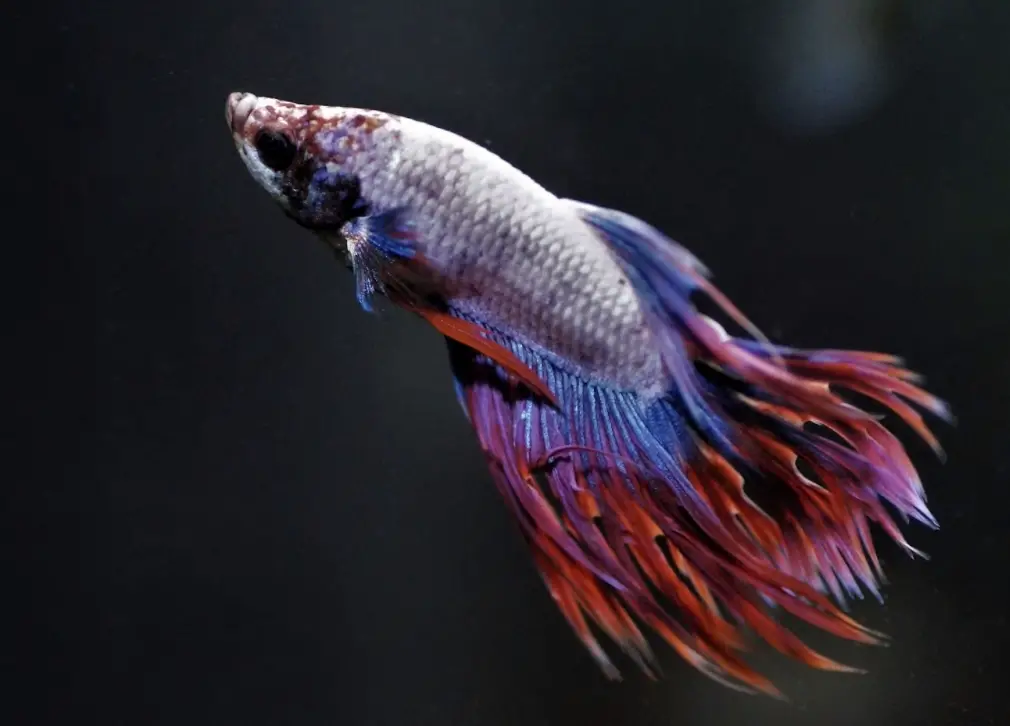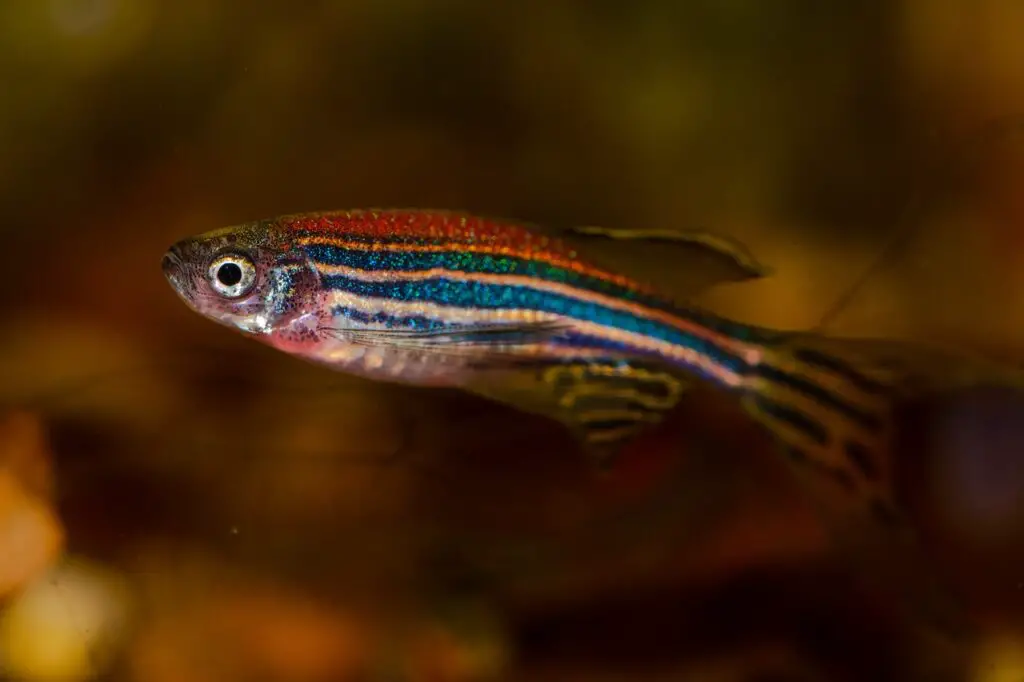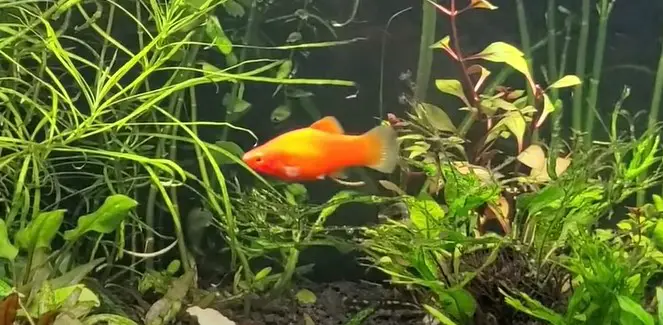There’s nothing quite like the feeling of nurturing an aquatic pet and providing them with the best possible environment to thrive in. Lucky for you, several fish species can make this rewarding experience even more accessible due to their low maintenance requirements.
In this article, we’ll dive deep into the world of easy-to-care-for fish while considering factors such as tank size, water parameters, diet, and compatibility with other inhabitants. By keeping these aspects in mind, you’ll be well on your way to creating a harmonious underwater haven that is both fulfilling for you and delightful for your finned friends.
Betta Splendens: The Vibrant Fighter
Betta Splendens, commonly known as Betta fish or Siamese fighting fish, are widely recognized for their vibrant colors and feisty personality.
These little aquatic warriors are a top choice for those looking to care for an easy-to-maintain pet while satisfying that innate desire to serve others.
As they gracefully move through the water with their flowing fins, Bettas captivate our attention and create a sense of tranquility in any space.
Despite their aggressive reputation, these small fighters can make excellent pets even in community tanks if paired with ideal tankmates.

When selecting the perfect companions for your Betta, it’s crucial to consider both species compatibility and individual Betta personalities.
Ideal tankmates include peaceful, non-aggressive species such as Corydoras catfish or Harlequin Rasboras, which won’t compete with your Betta for territory or food.
Additionally, avoid pairing them with fin-nipping species like Tiger Barbs, which may provoke aggression from the usually mild-tempered domesticated Bettas.
With proper research and thoughtful consideration of each fish’s needs, you’ll be well on your way to creating a harmonious underwater ecosystem where all members thrive together peacefully.
Now let’s dive into another equally fascinating yet distinctively different type of fish – Guppy: The Colorful Community Dweller!
Guppy: The Colorful Community Dweller
While Betta fish are known for their vibrant colors and feisty personalities, guppies offer a more peaceful option for those looking to serve the aquatic community. Guppies, also known as Poecilia reticulata, are easy to care for and bring an array of unique patterns and colors to your tank.
These small tropical freshwater fish have earned their title as ‘The Colorful Community Dweller’ due to their ability to coexist harmoniously with other non-aggressive species. For budding aquarists who wish to contribute further by breeding these lovely creatures, plenty of guppy breeding tips are available online to help you ensure successful reproduction.

When creating a suitable environment, providing ample hiding spots, such as plants, is important so that fry (baby guppies) can escape potential predators within the tank. As they mature, watch in awe at the development of each individual’s unique guppy pattern – no two will be exactly alike!
With just a bit of time and effort dedicated to maintaining optimal water conditions and feeding them a balanced diet, you’ll soon be rewarded with thriving, colorful little swimmers that brighten up any aquarium space.
Now let’s move on from our finned friends here and dive into learning about zebra danio: the striped swimmer that awaits your care and attention.
Zebra Danio: The Striped Swimmer
If you’re seeking a fish that’s easy to care for and adds a dash of vibrant energy to your aquarium, look no further than the Zebra Danio. These lively striped swimmers are perfect for both beginner and experienced aquarists, boasting hardy qualities and stunning appearance. You’ll find yourself mesmerized by their playful swimming patterns as they gracefully glide through the water.
Taking care of these beautiful creatures is, thankfully, quite simple! Here are some essential aspects of Zebra Danio care:
- Zebra nutrition: Offer them a variety of high-quality flake foods and freeze-dried or frozen treats like bloodworms or daphnia to ensure optimal health.
- Tank conditions: As active swimmers, provide at least 10 gallons of well-filtered and oxygenated water with a temperature range between 65°F – 77°F (18°C – 25°C).
- Social environment: They thrive in groups – keep at least six together to form schools and establish social hierarchies without aggressive behavior.
- Danio breeding: Provide plenty of fine-leaved plants, shallow water levels (around 6 inches deep), and slightly cooler temperatures to encourage spawning behaviors.

As you grow more confident in caring for your beloved Zebra Danios, you may be eager to expand your underwater community. Next up on our list is another delightful addition: Cherry Barb – The Peaceful Schooler.
Cherry Barb: The Peaceful Schooler
Now that we’ve explored the world of Zebra Danios let’s swim along to another easy-to-care-for fish: the Cherry Barb. These peaceful little swimmers are known for their vibrant red color and social nature, making them a fantastic addition to any aquarium.
Cherry Barb’s behavior is quite fascinating as they enjoy swimming in schools with other members of their species or even compatible tank mates. This makes them ideal for community tanks where multiple types of fish coexist harmoniously.
Regarding ideal tankmates, look for other non-aggressive fish such as tetras, guppies, and rasboras – these will provide your Cherry Barbs with excellent company while ensuring a serene environment within the aquarium.
As you continue this journey into aquatic pet care, our next stop brings us face-to-face with platies. These hardy and adaptable species offer great versatility for enthusiasts of all experience levels!
Platies: The Hardy And Adaptable Species
As a compassionate aquatic pet enthusiast, you’ll appreciate how Platies make exceptional beginner fish and bring joy to those they share their environment with. These hardy and adaptable species are among the easiest to care for while providing endless entertainment and companionship in your underwater community.
Platy breeding tips:
- Keep a ratio of 2-3 females per male.
- Provide plenty of hiding spots for pregnant females and baby platies (fry).
- Maintain optimal water conditions: pH between 7-8, temperature around 75°F.
Tank mates for platies:
- Peaceful community fish such as tetras, guppies, or mollies.
- Avoid aggressive species that might harass or nip at them.

Caring for these vibrant little swimmers is an enjoyable way to serve others by nurturing life in your home aquarium. With their diverse colors and patterns, platies will undoubtedly brighten up any tank while contributing positively to its harmony.
By following basic care guidelines like maintaining proper water quality and choosing suitable tank mates, you can ensure your platies thrive alongside their fellow inhabitants. The satisfaction derived from watching these resilient creatures flourish under your attentive supervision speaks volumes about the fulfilling nature of this hobby.
So go ahead – embrace the world of platy keeping and experience firsthand how it enriches your life and theirs!
Conclusion
In conclusion, it’s essential to consider your preferences and the specific needs of each fish species before deciding.
All five options mentioned above have unique characteristics that make them easy to care for, so you can’t go wrong with them.
As an aquatic pet care expert, I’d recommend starting with one or two easy-to-maintain fish species and gradually expanding your aquarium as you gain more experience.
Remember, consistency in maintaining water quality and regular feeding will ensure the well-being of your finned friends.
